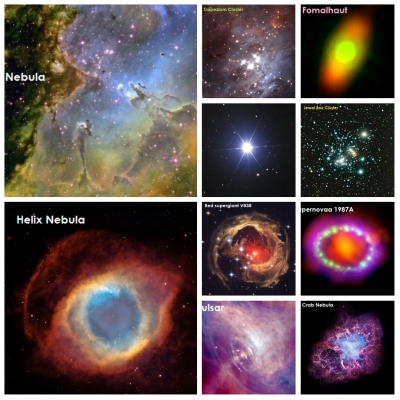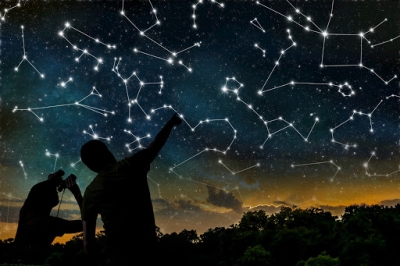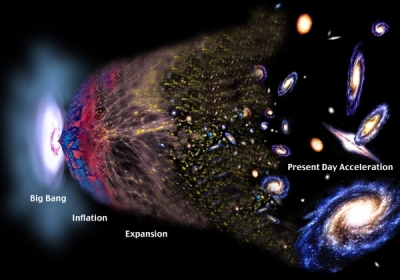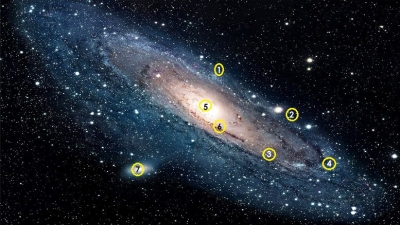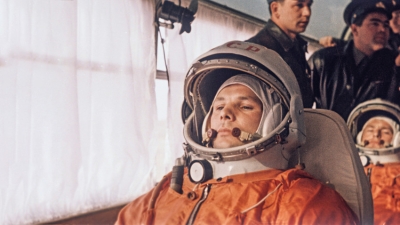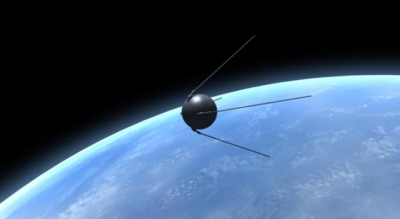What are the major moons in our solar system?
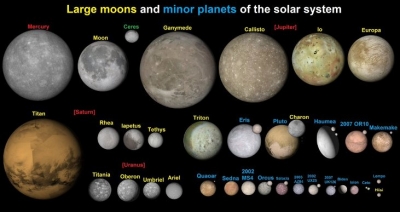
MOONS
The Solar System has more than 190 moons orbiting six of the planets — only Mercury and Venus are moonless. They range in size from Ganymede, a satellite of Jupiter, which is larger than Mercury, to S/2009 S1, a 300-metre moonlet orbiting within Saturn’s rings. All are made of rock, or rock and ice, and many have surfaces littered with impact craters, formed when the moons were bombarded by asteroids in the past. Nineteen Solar-System moons are more than 400 km (250 miles) wide. These large moons are round but the more numerous smaller moons are irregular in shape.
- THE MOON: The Moon is Earth’s only natural satellite. It is about a quarter the size of Earth and the fifth largest of all moons. The surface of this dry ball of rock is covered in impact craters.
- IO: Colourful lo is the most volcanic moon in the Solar System. Its surface is constantly being renewed as molten rock erupts through its thin silicate-rock crust, and fast-moving columns of cold gas and frost grains shoot up from surface cracks.
- EUROPA: The smallest of Jupiter’s four major moons, Europa has an icy surface criss-crossed with networks of brownish grooves. The crust slowly drifts around on top of a deep ocean of liquid water that might be home to alien life.
- GANYMEDE: At 5,262 km (3,267 miles) across, Ganymede is the largest moon in the Solar System and belongs to the largest family of moons - the moons of Jupiter. Astronomers know of 79, but the number is likely to rise as smaller moons are detected. Ganymede is made of rock and ice with an icy crust.
- TITAN: Titan is the largest of Saturn’s 62 moons. On its surface are bright highlands, dark plains, and methane lakes and seas. It is the only moon with a substantial atmosphere, which is rich in nitrogen and extends out for hundreds of kilometres.
- TITANIA: Titania is the largest of the 27 moons orbiting Uranus. Titania and the planet’s other major moons, Oberon, Umbriel, Ariel, and Miranda, are named after characters in English literature. Impact craters and large cracks are seen on its grey, icy surface.
- IAPETUS: Iapetus is a moon of contrasts. Most of its crater-covered terrain is bright and icy, but the rest appears to be coated by a dark material. It is one of Saturn’s seven major moons, along with Titan, Rhea, Dione, Tethys, Enceladus, and Mimas.
- TRITON: Triton is by far the largest of Neptune’s 14 moons, a rock-and-ice ball with a young, icy surface. It is nicknamed the cantaloupe as its linear grooves, ridges, and depressions resemble a melon’s skin.
- SMALL MOONS Most moons are less than 400 km (250 miles) across and irregular in shape, like Saturn’s Epimetheus and Hyperion. Many of these smaller moons, like Mars’s two moons Phobos and Deimos, may have started off as asteroids or comets.
Picture Credit : Google

